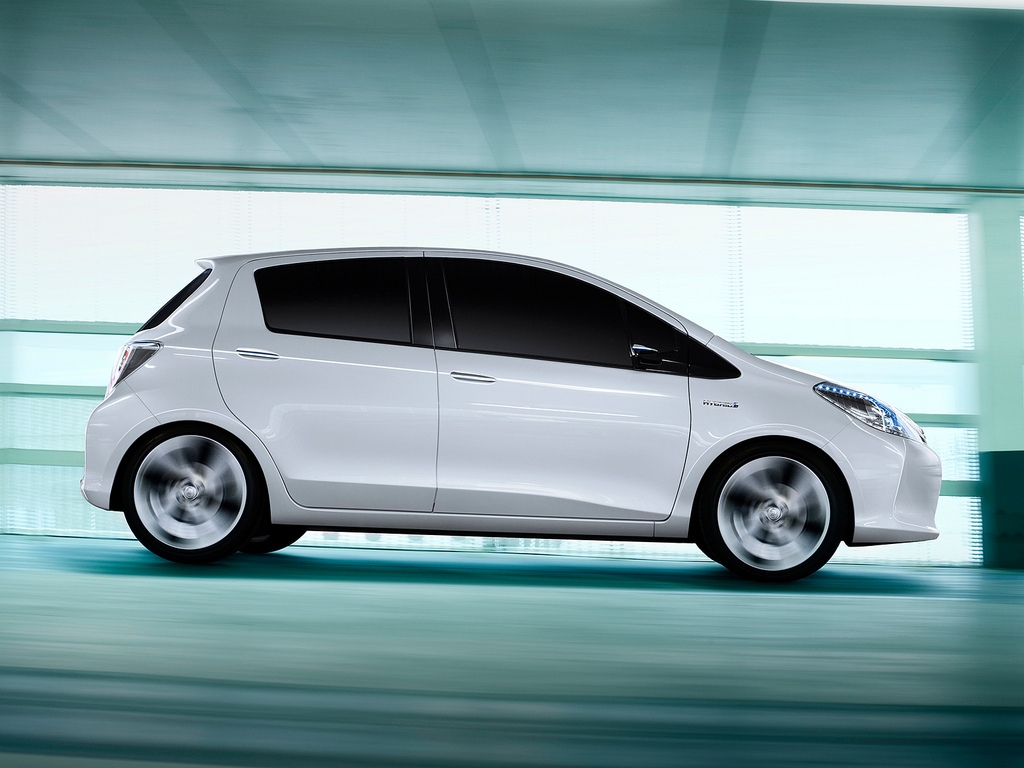Hybrids, also known as “green cars” have been around for quite a while now. Most of the people are not paying attention to them, yet those who have switched to “green” say that their driving experiences have changed. As with every other car, there is the bright side of it and the dark side of it. In the text below, you will find all the necessary information regarding the “green” cars, and well-researched paragraphs showing both the pros and the cons of driving a hybrid. Let us start by looking at the pros of it.
Pros of Driving a Hybrid
“Green cars” are known to be environment friendly therefore the name “green” suits them perfectly. They use electricity as a main source of their energy and do not release any toxins into the atmosphere. Also, green cars are a bit higher in price, but they save all the extra money intended for gasoline, which kind of pays off for itself on a long run, making you save a lot of money.
Many people also do not know that government tends to give more tax breaks to every owner of a hybrid, which significantly increases the household’s budget after the tax enrolment. These cars are known to be quieter than regular cars, and are a lot cleaner and easier to maintain. Also, their maximum speed is limited and is lesser than of regular cars, which makes the driving a lot safer. If you still haven’t obtained your driver’s licence, go for a safer driver course with combined practical and theoretical tests, and you could be driving your hybrid in no time.
Cons of Driving a Hybrid
To start off with the cons of driving this car, I must say that probably the worst thing about this car is the battery replacement. You do not want to be in position to have to get a new car battery, for that might cost the entire fortune. Usually, warranties cover the batteries for around 8 to 10 years, and the car battery is made to last for the entire life of the car. Unfortunately, many people do not have enough money to afford a brand new car, so when buying a second-hand one, there is no warranty on the car battery and that might be the biggest issue. The more you drive and have to recharge your battery, the more it is getting damaged and the closer it is to its expiration. Another thing considering the battery is its disposal, for it is known for its toxicity. This caused a lot of problems worldwide when regarding the car as a potential transport tool. Luckily, more and more manufacturers started using NiMH batteries which are easy to recycle and leave no toxic waste behind.
When it comes to accidents, green car is probably the worst mean of transport for you to be in at the time. Because their engines are electrical, there is a high chance of electrocution when the accident happens. That makes it even harder for rescuers when they come on spot and try to get you out of your vehicle. The risk of starting a fire is very high, and the car itself has weaker body than of the regular cars. The maintenance of the vehicle parts is usually too expensive, which is the main reason people usually buy a new vehicle after some years of driving it. It is just way cheaper on a long run to buy a new car than to replace all of its damaged parts.
The last but not the least is the problem with the mileage. Hybrids cannot go too far without having to be recharged again, which presents a serious problem when driving into less developed areas. They are also built for economy, not the speed, and they also have a higher centre of gravity, which makes harder to handle.
Overall, hybrids are great cars for preserving the environment but also not so great for long distance traveling. Whether you purchase one or stick with the regular car is entirely up to you, but know that the future lies on energy saving sources.
